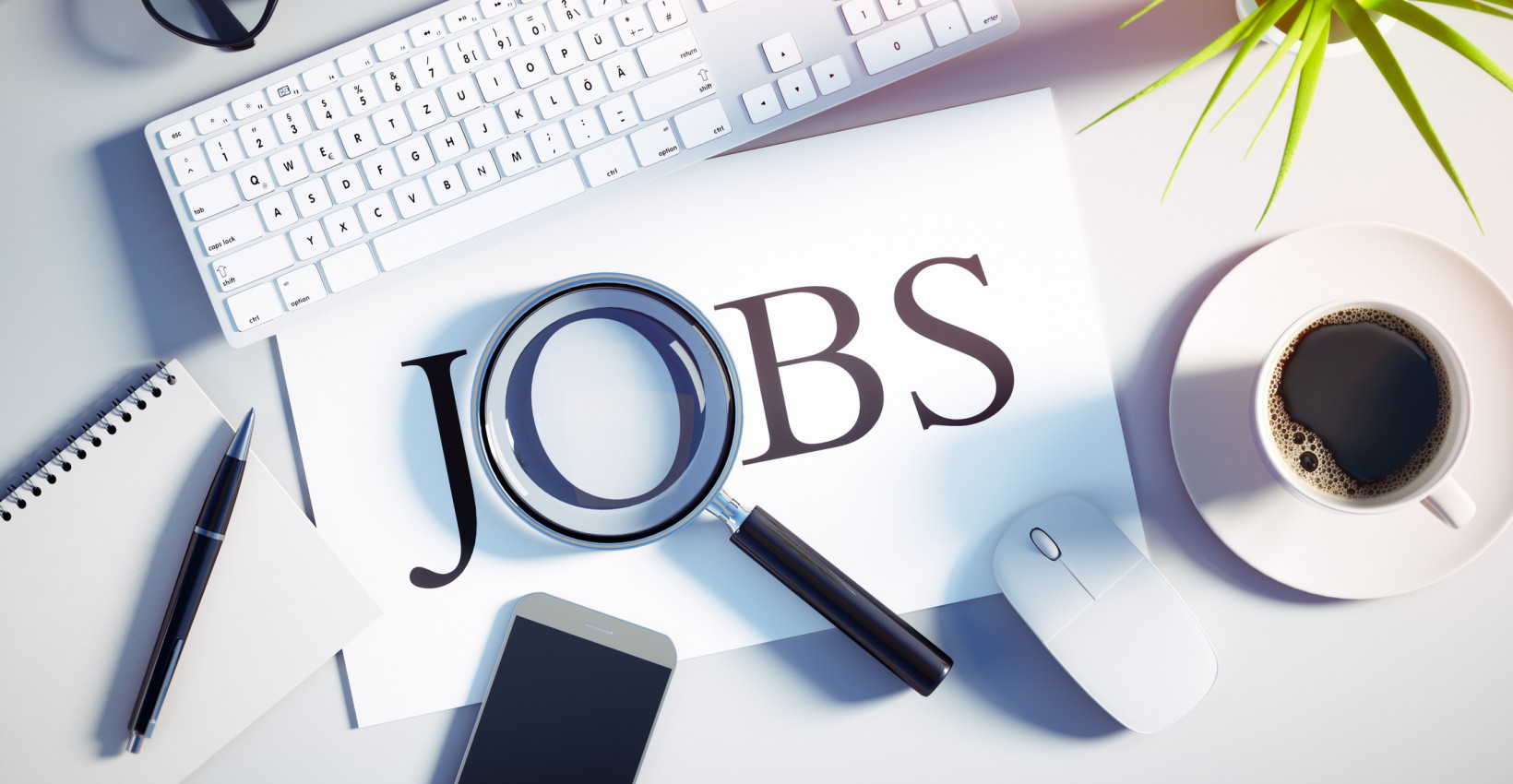5 best practices for getting a new job

Whether you’re applying for a job for the first time or you’re just in need of a change, there are several things you’ll need to know to set yourself up for success. Read on for five tips to help you take that next step — and for more on getting noticed in the hiring process, check out our MoneyBetter episode about how to stand out to hiring managers.
Build the best resume
You might know the basics of creating a resume, like including your contact information, your education, and your work experience and skills, but what makes a resume stand out? It’s the little details that really help you get ahead, like making sure your spelling and grammar is correct and that formatting is consistent. But another best practice is to make sure you meet the minimum requirements of the job — show it! Customize your resume to the job by including some of the keywords from the job listing to show exactly why you’d be the right fit.
Rock that interview
Set yourself up for success right away by being early to the interview and dressing the part. Come prepared with a copy of your resume, and bring a notepad with key points you want to make sure to address. You can weave these points into the interview or reference your notes at the end to make sure you covered everything you wanted to. You should also come prepared with questions and make sure your questions are answered by the interviewer.
Bonus tip: Use the STAR method when answering questions — talk about the Situation, the Task at hand, the Action you took, and the Result.
Check your digital footprint
When looking for a new job, take some time to review your Facebook profile and other social media sites to make sure they reflect who you are — and that they’re appropriate. Also, Google yourself (it may seem strange but it's a good step to take) to make sure you know what’s out there should the interviewer have any questions about your past experience.
Build a solid LinkedIn profile
Even if you’re not looking for a new job, keep your LinkedIn profile updated so you have it to reference if you need to. Some best practices for your profile include:
- Make sure you have a professional photo of yourself and a background photo that reflects who you are.
- Write a compelling headline about yourself. Tell your story, who you are, and where you want to go.
- List your relevant skill sets and experience in detail. Unlike a resume, there is no format requirement. Make sure you’re loading up your profile with buzzwords that make sense for you (and that headhunters are searching for).
Grow your network
If you want to grow your network on LinkedIn, accept invites from people even if you may not know them, and feel free to add contacts of your own. If you’re interested in being recruited, you can turn your profile to “open to finding a new job.” This setting will show recruiters you’re interested in new opportunities — and don’t worry, you can limit who will be able to see this information. Also, if you know someone who works at the company you’re applying to, reach out to get more insight and have them work with their hiring leaders as applicable.
These are just a few best practices to help you be successful in your job hunt, but there is always more to learn. Be sure to tune in to MoneyBetter for more insights on how to put your best foot forward — and good luck out there!
Learning Center articles, guides, blogs, podcasts, and videos are for informational purposes only and are not an advertisement for a product or service. The accuracy and completeness is not guaranteed and does not constitute legal or tax advice. Please consult with your own tax, legal, and financial advisors.



